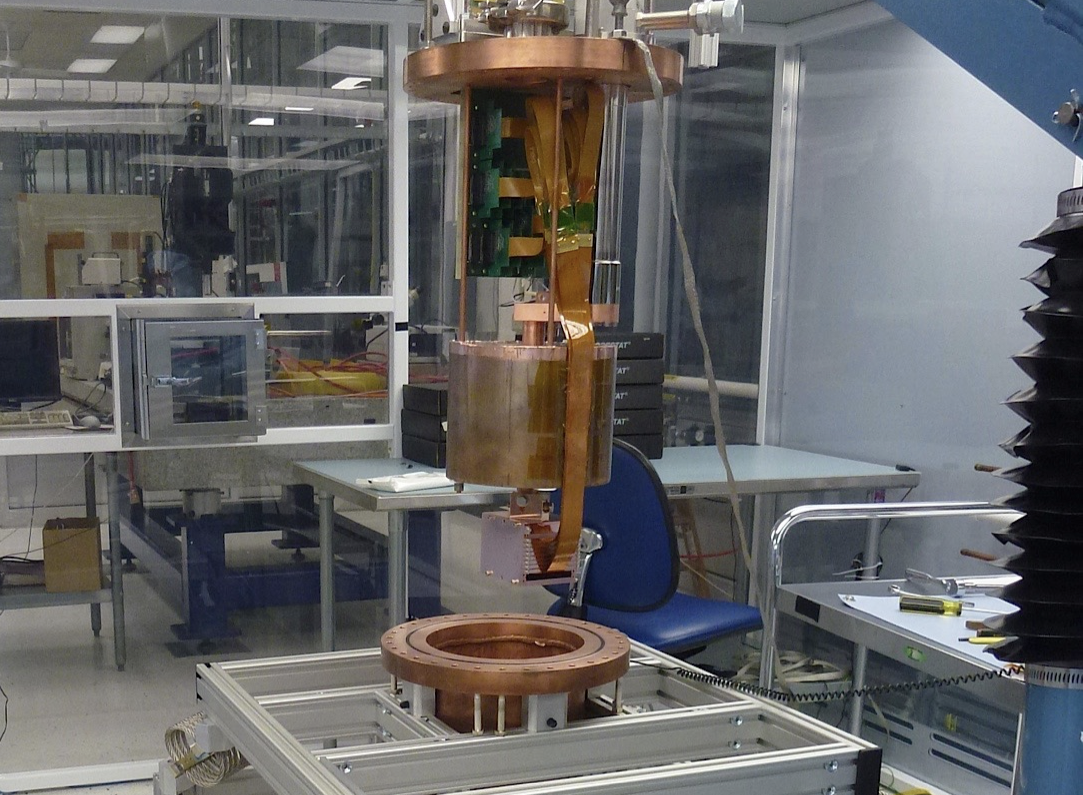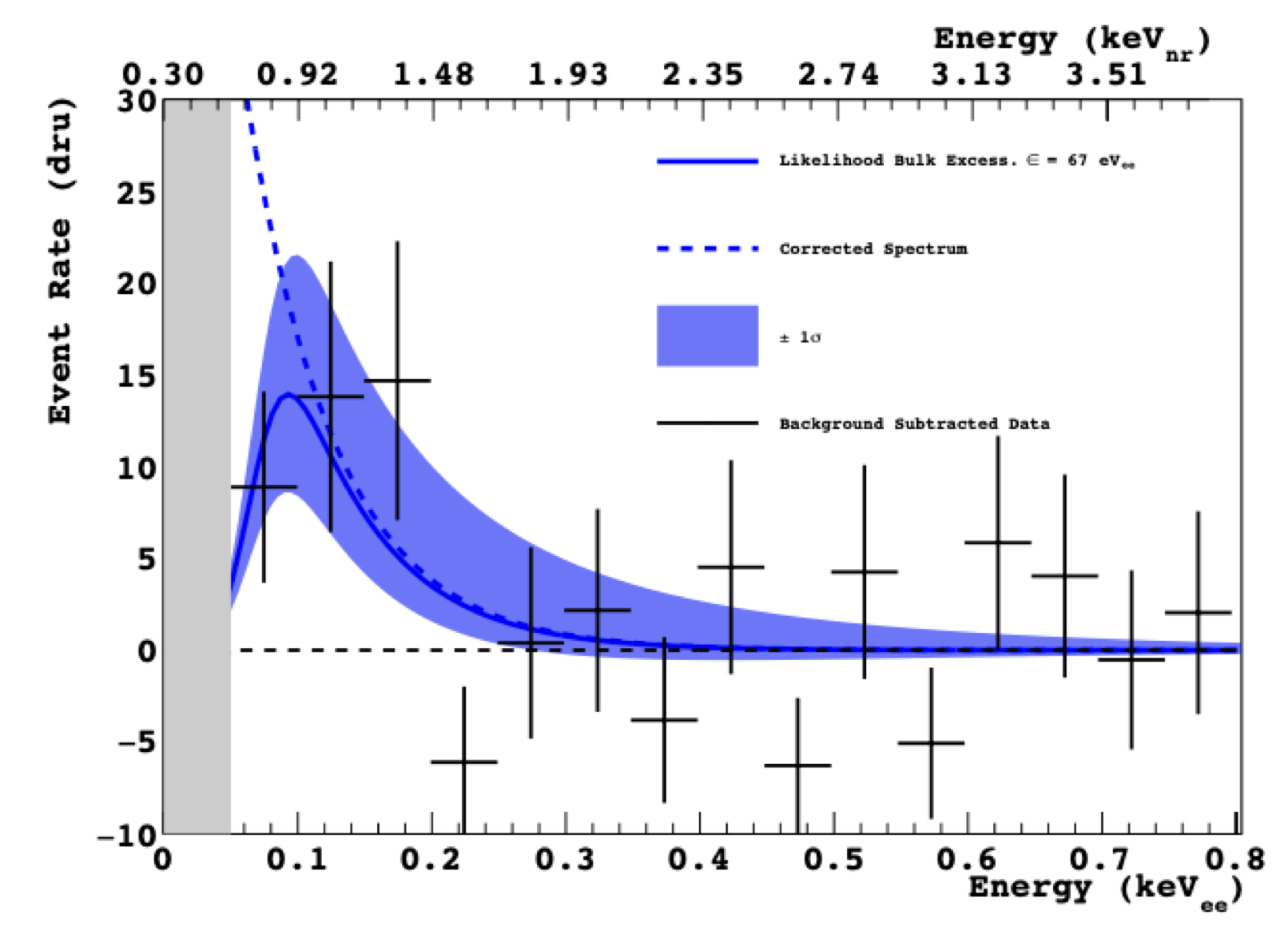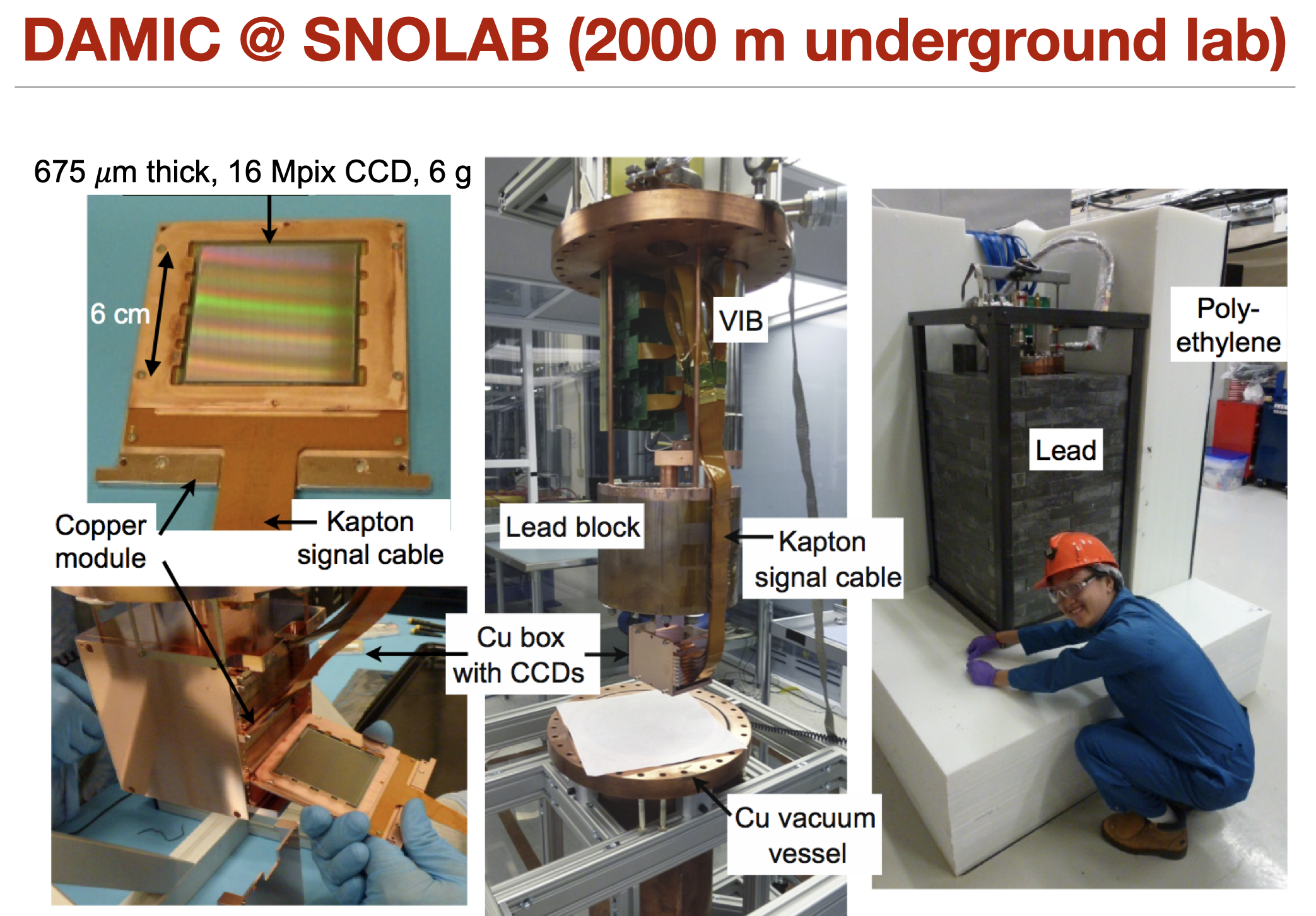Damic
The DAMIC experiment has uncovered an interesting excess of events while searching for dark matter. The probability that the background produced the excess is less than one in a thousand.

In a new manuscript published in Physics Review Letters, the DAMIC experiment presented an excess of events above their background model that is consistent with the background model to a level of only 1 part in 3000, and rather more consistent with an actual low-energy dark matter signal. DAMIC (Dark Matter in CCDs) is an experiment designed to search for the dark matter distributed in our galaxy by measuring its interaction with silicon CCD detectors. DAMIC is optimized to search for light dark matter, with masses similar to that of the proton, through its low energy threshold that can detect faint ionization signals of only 50 electron Volts. DAMIC has done extensive testing to verify that the excess does not come from known backgrounds. According to Prof. Ben Kilminster, DAMIC group leader at UZH, "Let's not get too excited just yet." Kilminster says that the unknown excess will be investigated this year using a new detector technology called a skipper CCD, which has an energy resolution and detector noise 10 times smaller than the previous detector. Kilminster promises, "with this new detector, we will either identify the unknown background conclusively or find evidence of something beyond our current laws of physics. My brain expects the former, but my heart is with the latter.
-

- The figure shows the excess over the background, with the solid blue line being the best fit to the excess, and the dashed line being the unfolded expected excess, before detector effects.
Phys.Rev.Lett. 125 (2020) 241803, arXiv:2007.15622
